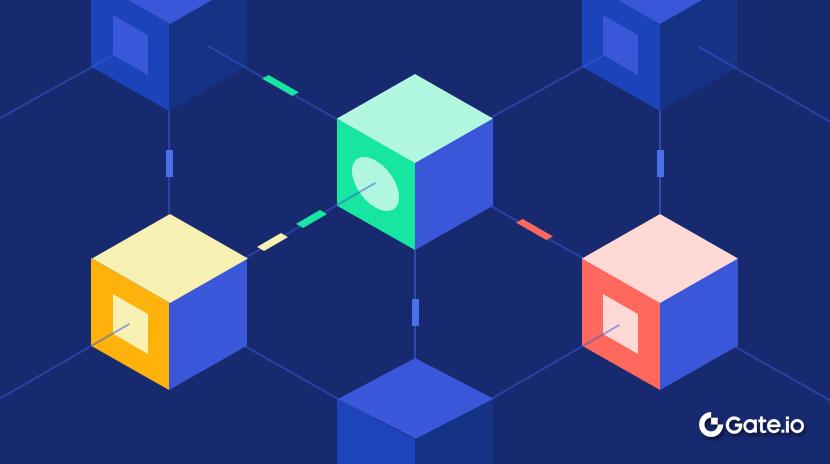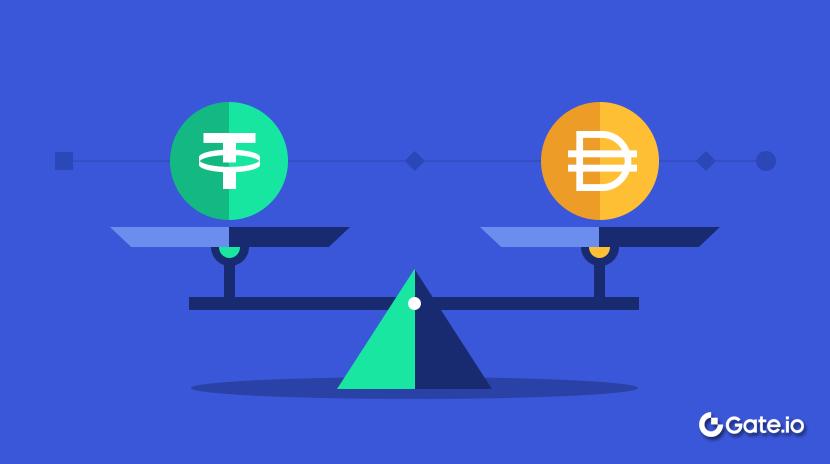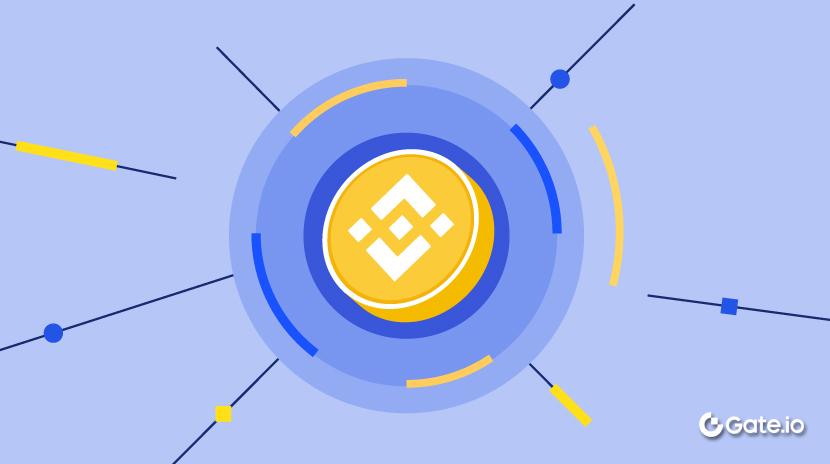Коли Токени спалюються
Гра уваги з нульовим сумарним результатом
У 2021 році кожен криптовалютний актив в середньому мав приблизно 1,8 мільйона доларів стабільної монетної ліквідності. До березня 2025 року ця цифра впала всього до 5,5 тис. доларів.

Ця діаграма є візуальним представленням падаючих середніх. Це також моментальний знімок нульової суми уваги в криптосфері сьогодні. Хоча створення токенів вибухнуло до понад 40 мільйонів активів, ліквідність стейблкоїну—орієнтовний показник капіталу—залишалася стабільною. Результат жорстокий—менше капіталу на проект, тонші громади та швидко розпадаючеся залучення користувачів.
У цьому середовищі мимовільна увага вже не є каналом зростання. Це зобов'язання. Без грошових потоків, які підтримують це, увага переходить. Швидко.
Дохід - це якір
Більшість проектів все ще підходять до побудови спільноти, ніби ми маємо 2021 рік: створюйте Discord, пропонуйте стимули для роздачі токенів та сподівайтеся, що користувачі будуть кричати "GM" достатньо довго, щоб цікавитися. Але як тільки роздача токенів відбудеться, вони покидають проект. І чому вони не мають це робити? Немає причин залишатися. Ось де потік готівки стає корисним - не як фінансова метрика, а як доказ актуальності. Продукти, які генерують дохід, мають попит. Попит обґрунтовує оцінку. І оцінка, з свого боку, надає токенам гравітацію.
Дохід може бути не метою для кожного проекту. Але без нього більшість токенів просто не виживуть достатньо довго, щоб стати фундаментальними.
Важливо відрізняти позиції деяких проектів від решти галузі. Візьмемо Ethereum, наприклад, він не потребує надмірних доходів, оскільки вже має зрілу, стійку екосистему. Винагороди валідатора походять з річної інфляції приблизно 2,8%, але завдяки зжиганню комісій за EIP-1559 цю інфляцію можна компенсувати. Поки зжигання та доходи урівноважуються, власники ETH уникають розпилення.
Але нові проекти не мають цього розкоші. Коли лише 20% ваших токенів знаходяться в обігу, і ви все ще шукаєте відповідність продукту ринку, ви фактично стартап. Вам потрібно заробляти—і показувати свою здатність заробляти—щоб вижити.
Циклічність протоколів: від дослідників до титанів
Як і традиційні компанії, криптопроекти існують на різних етапах зрілості. І на кожному етапі відносини з доходами — і чи слід їх реінвестувати чи розподіляти — змінюються значуще.

1. Дослідники: Вижити першим
Це початкові проекти з централізованим управлінням, вразливими екосистемами та акцентом на експерименти над монетизацією. Їхні доходи, де вони існують, часто волатильні та непродуктивні, що відображає ринкову спекуляцію, а не лояльність користувачів. Багато з них розраховують на стимули, гранти або венчурне фінансування для виживання.
Проекти, такі як Synthetix та Balancer, існують вже близько 5 років. Їхній щотижневий дохід становить від $100 тис. до $1 млн, з викидами під час вищої активності. Ці різкі скачки та реверси характерні для цієї стадії. Вони не є ознакою невдачі, але вказують на волатильність. Важливо, чи можуть ці команди перетворити експерименти на надійне використання.

2. Альпіністи: Тяга, але нестійкий
Альпіністи - наступний щабель на драбині. Це проекти, які щороку заробляють від $10 млн до $50 млн і починають виходити за межі зростання на основі викидів. Їх структури управління стають більш дорослими, а увага переходить від чистого здобутку до довгострокового утримання. На відміну від дослідників, дохід яких часто є спекулятивним і зумовлений одноразовим хайпом, у альпіністів є підтвердження попиту в різних циклах. Вони також еволюціонують структурно - переходять від централізованих команд до управління, що ведеться спільнотою, та диверсифікують джерела доходів.

Те, що робить Climbers відмінними, - це можливість вибору. Вони заробили достатньо довіри, щоб експериментувати з розподілом - деякі починають розділяти доходи або викупати, але вони також ризикують втратити інерцію, якщо вони перевтомлять або не зміцнять оборонні рови. На відміну від Explorers, чиєю основною роботою є виживання, Climbers повинні робити стратегічні компроміси: рости чи консолідувати, розподіляти чи реінвестувати, зосереджуватися чи розрізнятися.
Це найвразливіша фаза, не через волатильність, а через те, що ставки реальні.
Ці проекти стикаються з найважчим компромісом: роздавати занадто рано, і ви ризикуєте зупинити зростання. Зачекайте занадто довго, і власники токенів втрачають інтерес.
3. Титани: Готові до розподілу
Проекти, такі як Aave, Uniswap та Hyperliquid, перетнули поріг. Вони генерують стабільний дохід, мають децентралізоване управління та користуються сильними мережевими ефектами. Вони вже не покладаються на інфляційну токеноміку, вони мають закріплені користувацькі бази та перевірені в бою моделі.
Більшість з них не намагаються робити все. Aave домінує в позики. Uniswap володіє спот-торгівлею. Hyperliquid будує стек DeFi, зосереджений на виконанні. Їхня сила полягає в оборонному положенні та оперативній дисципліні.
Більшість з них є лідерами у своїй категорії. Їхні зусилля зазвичай спрямовані на збільшення загального обсягу, а не на збільшення частки.

Це ті проекти, які можуть дозволити собі викуп акцій і все ще мати роки польоту. Хоча вони не є невразливими до волатильності, вони мають стійкість, щоб пережити це.
4. Сезонні: Все шумлять, але без основи
Сезонні - найголосніші, але найвразливіші. Їхні доходи тимчасово можуть конкурувати або навіть перевищувати доходи Титанів, але це спонукається хайпом, спекуляціями або мимовільними соціальними тенденціями.
Проекти, такі як FriendTech та PumpFun, створюють величезні вибухи залучення та обсягу, але рідко утримують будь-що з цього.
Вони не є в суті поганими. Деякі можуть змінити напрямок та розвиватися. Але більшість лишаються грошовими грошовими іграми, а не тривалими інфраструктурними.
Що Публічні Ринки Можуть Навчити Нас
Світ відкритих акцій пропонує корисні паралелі. Молоді фірми зазвичай реінвестують вільний грошовий потік для масштабування. Зрілі компанії розподіляють його або через дивіденди, або через викуп акцій.
Діаграма нижче показує, як компанії розподіляють прибуток. Кількість платників дивідендів та викупних акцій зростає із зростанням віку компаній.

Криптопроекти можуть вчитися з цього. Титани повинні розподіляти. Дослідники повинні зберігати й нараховувати відсотки. Проте не всі точно знають, до якої категорії вони відносяться.
Сектор також має значення. Гравці, схожі на утиліту (наприклад, стейблкоїни), наслідують товари споживчої групи: стабільні, придатні для дивідендів. Це тому, що компанії існували протягом тривалого часу. Патерни попиту зараз великою мірою передбачувані. Компанії не дуже відхиляються від передбачень або тенденцій. Передбачуваність дозволяє постійно ділитися прибутком з акціонерами. Проекти DeFi з високим зростанням відображають технології - найкраще обслуговуються гнучкими викупами. У технологічних компаній більше сезонності. В переважній більшості випадків попит не передбачуваний, як у випадку деяких старіших секторів. Це робить викупи бажаною опцією для ділитися вартістю. Пройшов чудовий квартал/рік? Передайте значення, купуючи акції.

Дивіденди проти викупу акцій
Дивіденди залишаються стійкими. Як тільки ви зобов'язуєтеся їх виплачувати, ринки очікують послідовності. Зворотні викупи, навпаки, є гнучкими. Вони дозволяють командам розподіляти вартість у часі навколо ринкових циклів або недооцінки токенів. Викупи зросли з приблизно 20% виплат прибутку в 1990-х роках до приблизно 60% в 2024 році. В доларовому вираженні вони випередили дивіденди з 1999 року.

Але викупи також мають недоліки. Якщо вони не будуть належним чином сповіщені або належним чином ціноутворені, вони можуть передавати вартість від тривалих тримачів до короткострокових трейдерів. Управління повинно бути надійним. Оскільки керівництво часто має KPI, такі як збільшення чистого прибутку на акцію (EPS). Коли ви використовуєте прибуток для викупу акцій з обігу (видаємі акції), ви зменшуєте знаменник, щоб штучно завищити показник EPS.
Як відзвітування про викуп акцій, так і дивіденди мають своє місце. Але без гарного управління викуп акцій може тихо збагатити внутрішніх осіб, тоді як спільнота кровоточить.
Для успішного викупу потрібно три речі:
- Міцні скарбницьні резерви
- Логіка обґрунтованої оцінки
- Прозора звітність
Якщо проекту бракує цього, він, ймовірно, все ще повинен бути в режимі перевкладення.
Як провідні проекти сьогодні вирішують питання доходів
- @JupiterExchangeзробило це зрозумілим на запуску токенів: без прямого розподілу доходів. Після зростання в 10 разів кількості користувачів та скарбу, який може протриматися роками, вони представили Litterbox Trust - механізм викупу без зберігання, який зараз утримує приблизно 9,7 млн доларів у JUP.
- @aave, із скарбом понад $95 млн., виділяє $1 млн/тиждень на викуп акцій через структуровану програму під назвою «Купуй та Розподіляй», виконуючи місяці спільного діалогу з громадою.
- @HyperliquidXйде далі. 54% його доходів використовується для викупу, 46% для стимулювання LPs. На суму понад $250M в HYPE було викуплено до цього часу — фінансується повністю без ВК.
Що спільного у всіх цих? Ніхто з них не починав викуп акцій, поки їх фінансова база не була забезпечена.
Відсутній шар: ІР
Крипта любить говорити про прозорість, але більшість проєктів публікують метрику лише тоді, коли це відповідає їхній повістці.
Взаємодія з інвесторами (IR) повинна стати основною інфраструктурою. Проекти повинні ділитися не лише доходами, а й витратами, тривалістю польоту, стратегією скарбниці та виконанням викупу. Це єдиний спосіб зміцнити переконання в довгострокових перспективах.
Мета тут не полягає в тому, щоб оголосити один правильний спосіб розподілу вартості. Мета - визнати, що розподіл повинен відповідати зрілості. І зрілість все ще рідкісна у криптосвіті.
Більшість проектів все ще шукають свої ніші. Але ті, які роблять це правильно - ті, у яких є дохід, стратегія та довіра - мають реальну можливість стати соборами, яких так дуже потребує ця галузь.
Сильна ІК - це водяна кріпість. Вона будує довіру, зменшує паніку під час спадів і утримує інституційний капітал у грі.
Як це може виглядати:
- Квартальні звіти про доходи + витрати
- Панелі управління скарбами в реальному часі
- Публічні журнали виконання викупу
- Ясність щодо розподілу токенів та розблокувань
- Підтвердження на ланцюжку для грантів, зарплат і операцій
Якщо ми хочемо, щоб токени розглядалися як реальні активи, вони повинні почати спілкуватися, як справжні бізнеси.
Відмова від відповідальності:
- Ця стаття переписана з [ Децентралізована.Ко]. Оригінальний заголовок - [When Tokens Burn]. Усі авторські права належать оригінальному автору [@desh_saurabh ]. Якщо є зауваження до цього повторення, будь ласка, зв'яжіться з Ворота Навчаннякоманда, і вони оперативно займуться цим.
- Відповідальність за відмову: Погляди та думки, висловлені в цій статті, є виключно авторськими та не становлять жодної інвестиційної поради.
- Команда Gate Learn перекладає статті на інші мови. Копіювання, розповсюдження або плагіатування перекладених статей заборонені, якщо не зазначено інше.
Пов’язані статті

Що таке Coti? Все, що вам потрібно знати про COTI

Все, що вам потрібно знати про Blockchain

Що таке Стейблкойн?

Що таке Gate Pay?

Що таке BNB?


